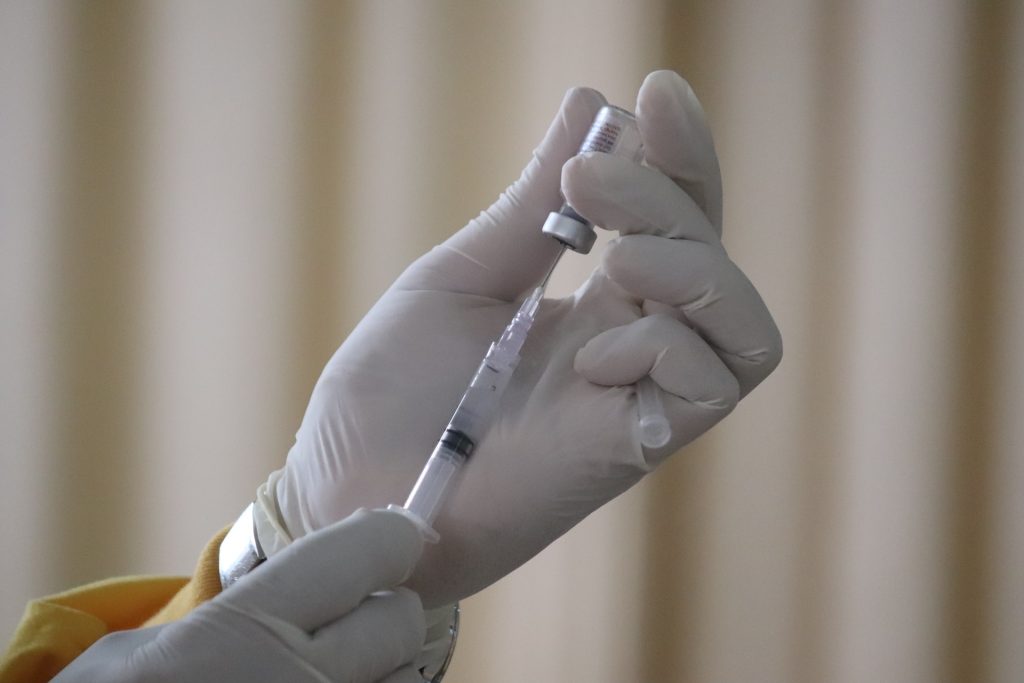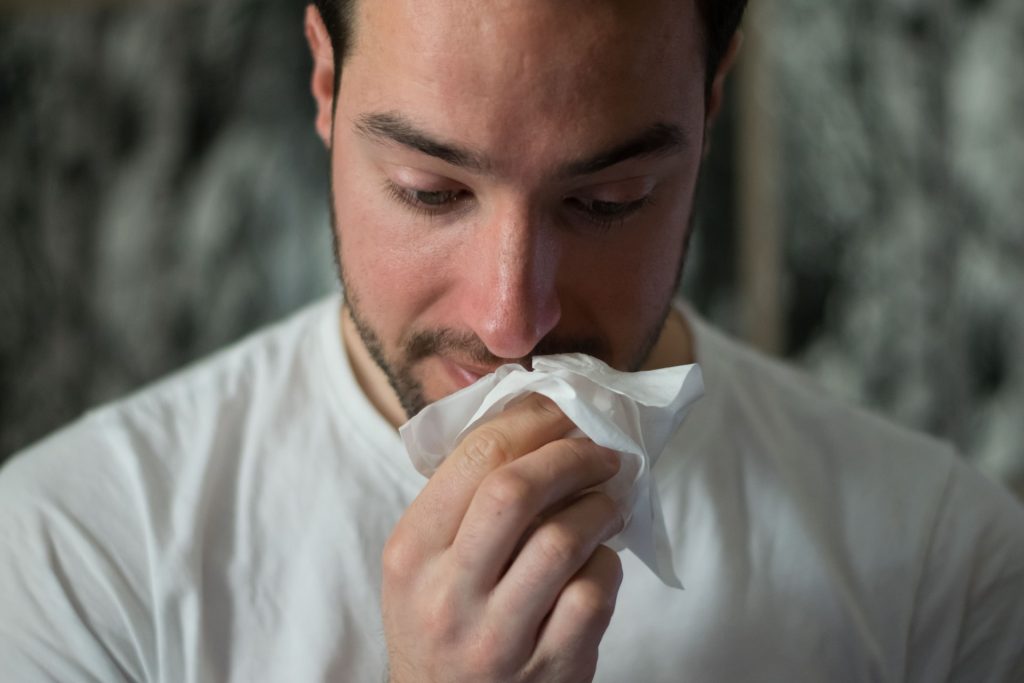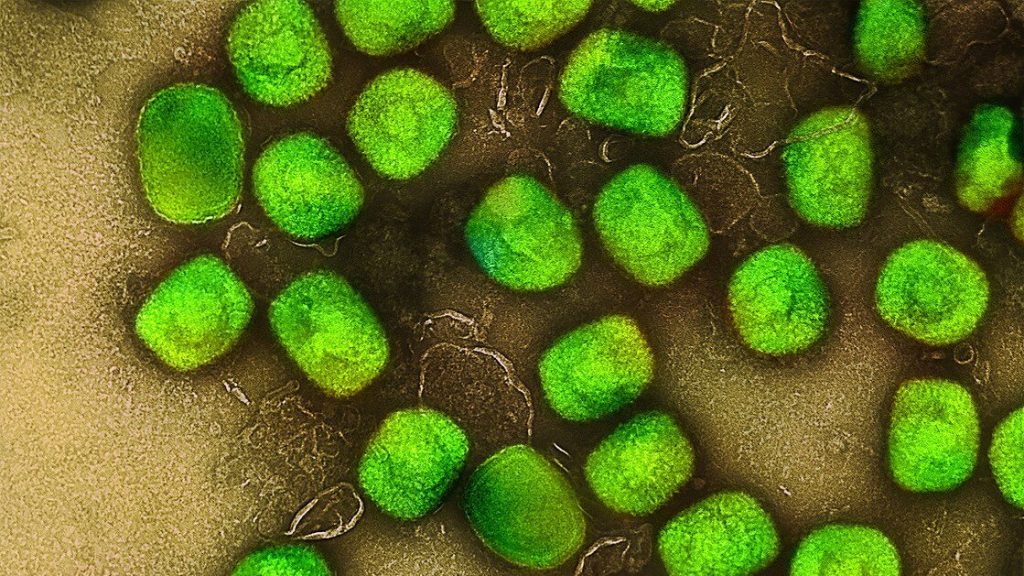Half of Teens Trust Fake Health News

A new study has found that teenagers have a hard time discerning between fake and true health messages. Only 48% of the participants trusted accurate health messages (without editorial elements) more than fake ones. Meanwhile, 41% considered fake and true neutral messages equally trustworthy and 11% considered true neutral health messages less trustworthy than fake health messages. The results highlight a need for better training of teenagers to navigate a world where fake health news is so widespread.
Health mis- and disinformation are a serious public health concern, with an increased spread of fake health news on social media platforms in the last few years. Previous research has shown that online health messages are mostly incomplete and inaccurate and have potentially harmful health information. Fake health news can lead to poor health choices, risk-taking behaviour, and loss of trust in health authorities.
“There has been an explosion of misinformation in the area of health during the COVID pandemic,” said principal investigator Dr Radomír Masaryk, of Comenius University.
While most research on message credibility has focused on adults, Dr Masaryk and his colleagues investigated whether teenagers are similarly equipped.
“As adolescents are frequent users of the internet, we usually expect that they already know how to approach and appraise online information, but the opposite seems to be true” Dr Masaryk said.
The researchers found that 41% of teenagers couldn’t tell the difference between true and fake online medical content. Additionally, poor editing of health messages was not perceived as a sign of low trustworthiness. These latest findings were published in Frontiers in Psychology.
Teenagers and the media
As so-called ‘digital natives’, modern teenagers are the world’s most well-connected group, with 71% of the world’s youth using the internet.
Studies have shown that teens increase their risky behaviour in response to positive portrayals of risky behaviour in the media, such as smoking and drinking. On the other hand, online health information that supports information provided by professionals can lead to healthy lifestyle changes, self-care, and treatment compliance.
Teenagers look at the structural features of a website, such as language and appearance, to evaluate online information. For example, authoritative organisations, trusted brands, or websites with business-like language tend to be more trusted.
Previous research on message trustworthiness with adolescents identified five editorial elements that deduced perceived message credibility: superlatives, clickbait, grammar mistakes, authority appeal, and bold typeface. Based on this prior study, the researchers developed a method to evaluate the effects of manipulation with content and format of health online messages on their trustworthiness in an adolescent sample.
They presented 300 secondary school students (aged between 16 and 19 years old) with seven short messages about the health promoting effects of different fruits and vegetables. The messages had different levels: fake message, true neutral message, and true message with editorial elements (superlatives, clickbait, grammar mistakes, authority appeal, and bold typeface). Participants were then asked to rate the message’s trustworthiness.
The participants were able to discern between overtly fake health messages and health messages whether true or slightly changed with editing elements; 48% of participants trusted the true neutral health messages more than the fake ones. However, 41% of participants considered fake and true neutral messages equally trustworthy and 11% considered true neutral health messages less trustworthy than fake health messages.
Clickbait less likely to work
“Putting trust in messages requires identification of fake versus true content,” said Dr Masaryk.
In the case of health messages that seem plausible and reasonable, teenagers could not tell the difference between true neutral health messages and health messages with editorial elements. Teenagers did not seem to decide on the trustworthiness of a message based on editing cues.
“The only version of a health message that was significantly less trusted compared to a true health message was a message with a clickbait headline,” continued Dr Masaryk.
The results highlight a need for better instruction of teenagers to spot editing cues that give away the quality of a piece of information. The authors suggest focusing on health literacy and media literacy training, and skills such as analytical thinking and scientific reasoning.
“Analytical thinking and scientific reasoning are skills that help distinguish false from true health messages,” Dr Masaryk concluded.
Source: Frontiers







